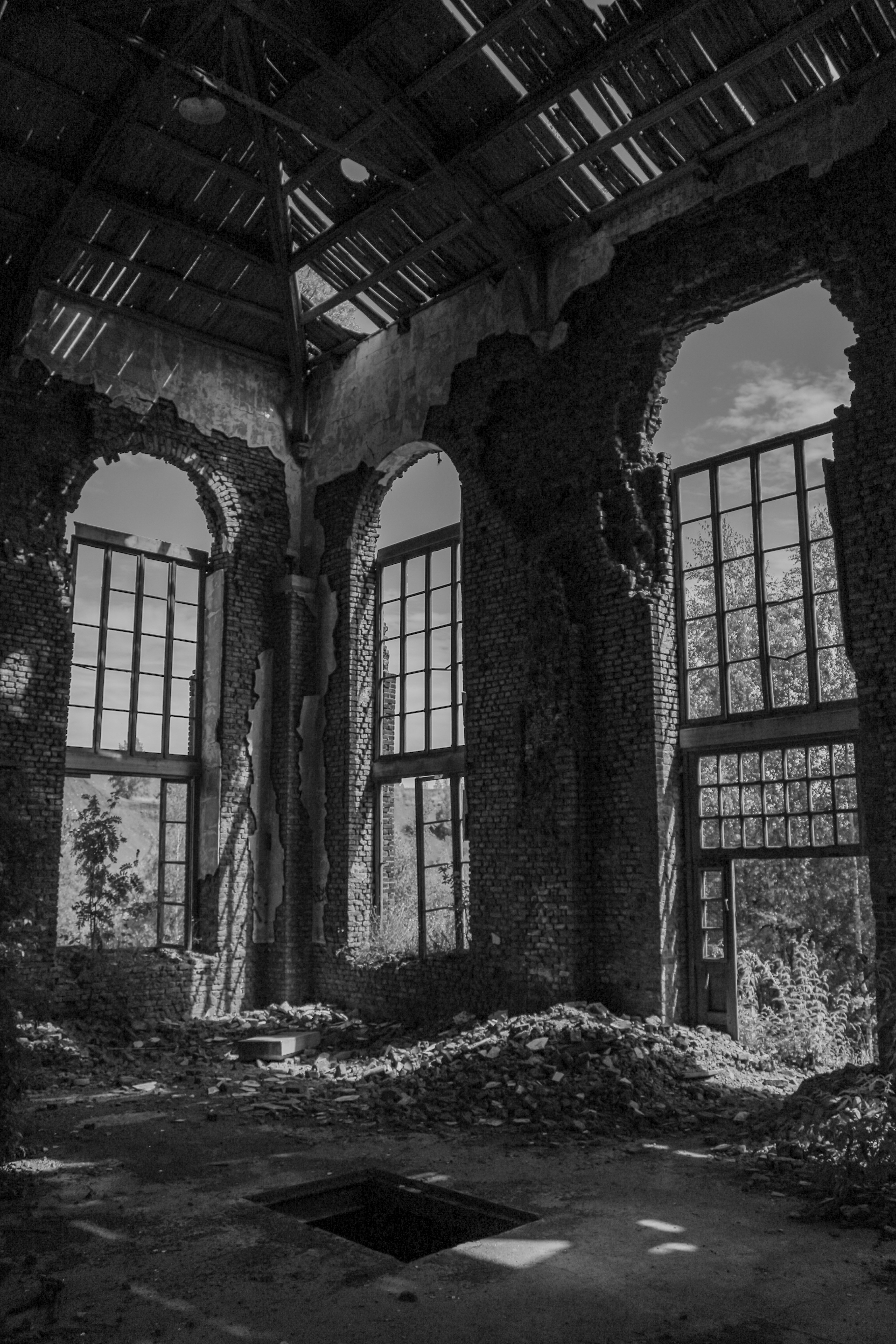Aluminosis: What is it? and How to solve it?
1. Introduction: the importance of preventive actions
Last October we learned about the "Sick Building Syndrome (SBS)" then we warned: "a building with SBS does not have any structural pathology, those who get sick are its inhabitants. It is therefore misleading to speak about "sick building".
Today, on the contrary, we are undoubtedly dealing with a buildings' pathology: aluminosis. There are two news about the syndrome which we deal in this text, one bad and one good. The bad one is that Alumisosis is still a problem in Barcelona. The good one is that, nowadays, an architect can put an end to it with the actions that we will describe in point six, in addition to the regular maintenance of the building that Feliu offers.
2. What do we face when we talk about Aluminosis?
Let's see, aluminous cement is used for the manufacture of prefabricated joists for floor slabs that will have between them ceramic and later concrete relieving cassettes.
Aluminosis manifests itself when its action causes the loss of concrete properties in the joists, making it less resistant and more porous. This degradation of the concrete endangers the stability of the building.
3. What historical context made this pathology common in Spain?
In the post-war period, Spain was devastated and a quick and cheap reconstruction was needed. This urgency led to the use of aluminous cement. This material, because of its rapid hardening, allowed this longed-for and necessary objective to be achieved quickly.
In the 1960s, "development", "baby boom" and "mass migration" - from the countryside to the cities - were three factors combined, once again made it necessary to speed up, in just 20 years, the construction of even more new housing, and luminous cement once again emerged as the best candidate for this purpose. Although the benefits of the material were well known, it is interesting to note that even at the beginning of its use, some architects were suspicious of its use.
4. State of the topic
Between the end of the 1940s and the beginning of the 1970s, we found a housing stock whose floor slabs were made of prefabricated aluminous cement joists. This was not an immediate danger, but, as time went by, it was too high a risk. Fortunately, as we said at the beginning, it can - and must - be solved as soon as possible.
Thus, the key lies in the good maintenance of the joists and in the absence of leaks, if all this is fulfilled, the structure does not enter a critical phase.
5. What are the risk factors that can accelerate Aluminosis?
- An ambient temperature above 25 degrees Celsius.
- The existence of humidity in the environment or close to the aluminous cement.
- The percentage of aluminous cement contained in the concrete.
Source: Legal Architecture: "How can I know if my floor has Aluminosis? In fact, the post meant is a great complement to this one.
6. Actions against the degradation caused by Aluminosis
- Diagnosis: we have to make sure that we are indeed facing an aluminosis process. In this case, extract a sample of a fragment of the damaged joist, if possible of a size similar to: 10 x 4 x 2 cm. and take it to an approved laboratory that will issue a report on this subject. It will not cost more than about 50 €, plus the cost of the extraction of the sample and its management.
- Elaboration of the project to avoid it: it implies to quantify and to study the operation to be carried out in the whole building by means of a survey of plans, a calculation and a measurement of the work to be carried out.
- Rehabilitation: it is necessary to use a system of extensible metallic half joists that adapt to the existing ones that are deteriorated, the space between them is filled and then a functional replacement is carried out without having to touch the damaged slabs and with minimum inconvenience for the users.
7. Conclusions
1. The use of aluminous cement joists does not always entail a process of aluminosis or structural deterioration.
2. The solution in case of severe Aluminosis is not complicated although it has a cost and causes certain inconveniences.
3. The 2006 Building Law , which establishes the Technical Building Code, we believe that it has solved the causes that originated the Aluminosis.
In Feliu we want a healthy housing stock for all neighborhoods. To achieve this we must encourage the culture of prevention and rehabilitation. Now, taking advantage of the European postpandemic plan, is the perfect opportunity to rehabilitate. Doing so is the best vaccine against structural problems.
Share this article: you will do your bit to eradicate this construction pathology.
